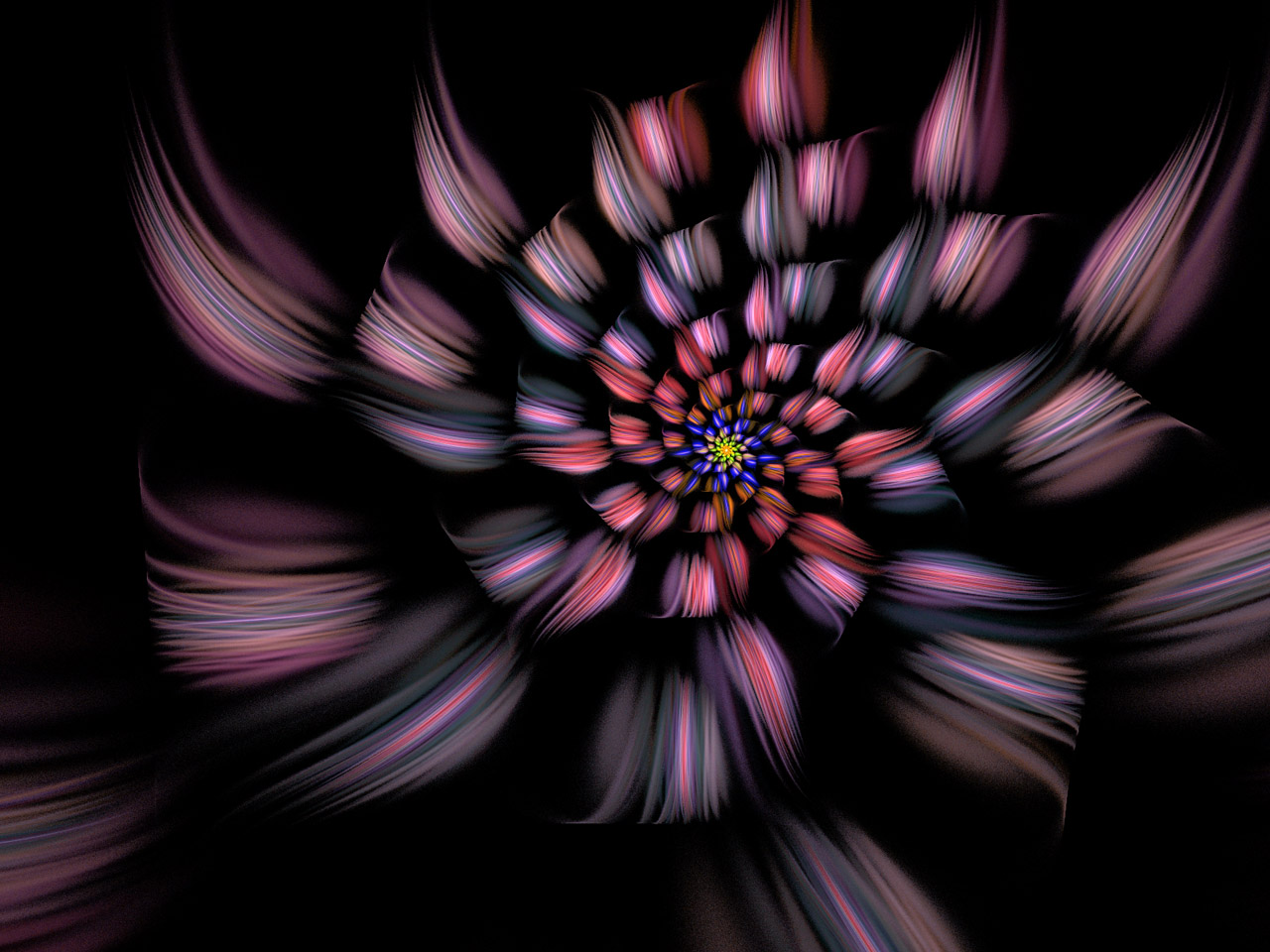1.- Learn about the Padmasana
1.1.- Etymology
Padmasana comes from the sanskrit term ‘PADMA‘ which means ‘lotus‘, and ‘ASANA‘ which means ‘posture‘; consequently, the translation of PADMASANA is ‘The lotus posture‘. In fact, it was given this name due to the way the hands and feet meet, which somewhat resembles a lotus flower.
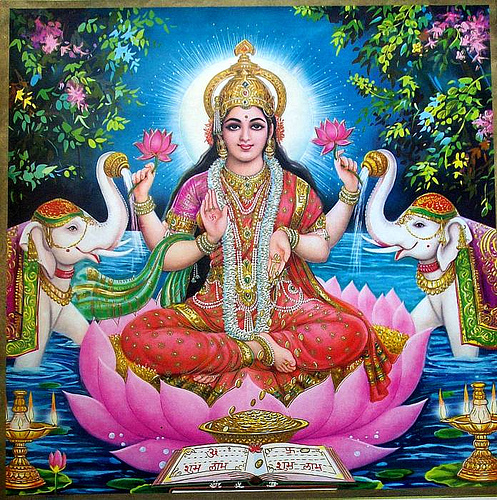
On the other hand, another name for this asana is Kamalasana. In fact, some yogic texts use both names alternately.
1.2.- The Importance of the Padmasana
This asana was chosen to represent the entire yogic system, due to its numerous and profound effects. In the same vein, as the lotus is considered the sacred flower of India, yogis are represented most of the time seated in Padmasana.
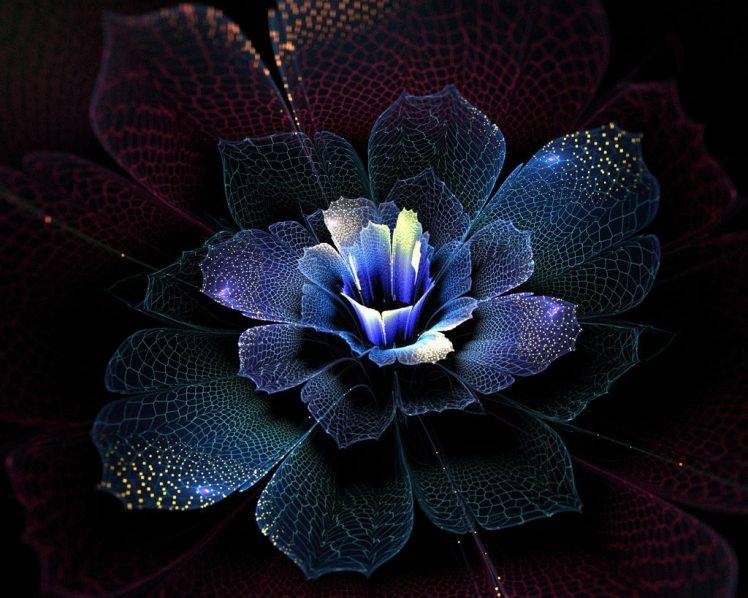
The traditional secret texts mention that the practitioner who can perform Shirshasana (headstand) for 30 minutes and Padmasana for a similar period of time correctly can be considered an advanced practitioner of the Hatha-Yogic system.
Also, it is important that you keep in mind that there are many yoga techniques that start with Padmasana. In the same way, this asana can also be performed for concentration, breathing and meditation techniques.
In fact, some yogis consider that when a person is able to practice it for 15 minutes, without pause, they can approach the Pranayama techniques.
However, those who wish to be successful in the practice of Padmasana must be patient and assiduous. Above all, never force yourself when practicing padmasana, because if you do, you can tear the ligaments of the knees, ankles or you may even have a meniscus fracture.
2.- Preparatory exercises for Padmasana
IMPORTANT NOTE:
Before practicing this asana, ALWAYS start with preparatory exercises!
1.- First, sit on the floor, with your feet stretched out in front of you.
2.- Second, bend your left foot.
3.- Place the outer side of the left ankle in the palm of the right hand. Also, the wrist holds the heel firmly.
On the other hand, another efficient technique to get better foot flexibility is Bhadrasana, the throne pose.
You can find a suitable incense for this position in our online store, also by purchasing the incense you will be helping to finance this blog.
3.- Padmasana and its efficiency
First of all, this asana is known as one of the most efficient in Hatha-Yoga. In fact, in traditional texts, it is mentioned with SIDDHASANA (the perfect pose).
Likewise, it is indicated for the awakening and development of latent physical, psychic, mental and spiritual forces.
In Hatha Yoga Pradipika, chapter 1, the great Yogi Swatmarama says:
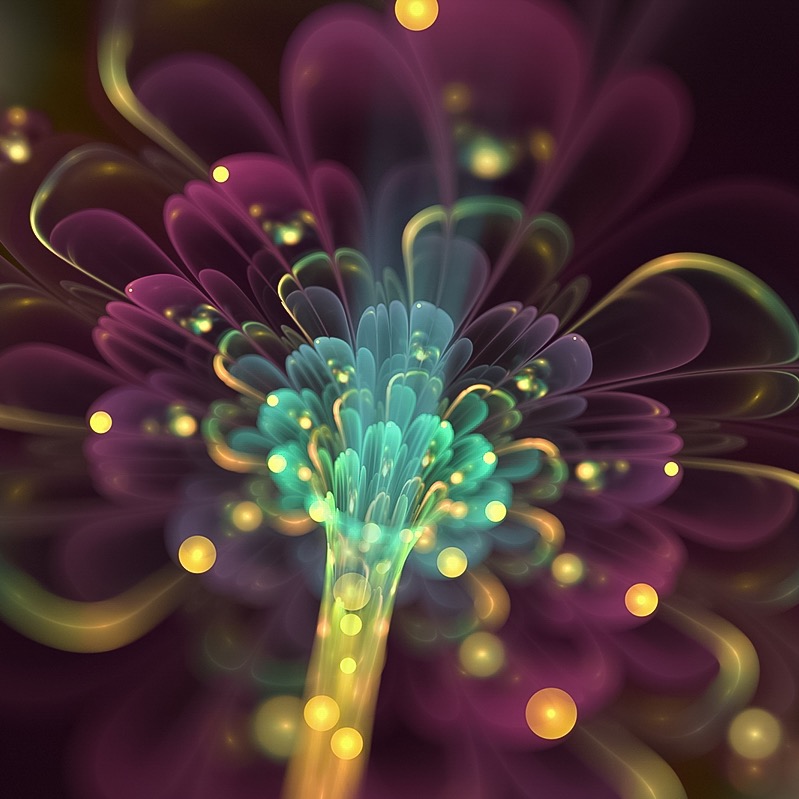
अथ पद्मासनम
वामोरूपरि दक्ष्हिणं छ छरणं संस्थाप्य वामं तथा
दक्ष्होरूपरि पश्छिमेन विधिना धॄत्वा कराभ्यां दॄढम |
अङ्गुष्ह्ठौ हॄदये निधाय छिबुकं नासाग्रमालोकयेत
एतद्व्याधि-विनाश-कारि यमिनां पद्मासनं परोछ्यते || ४६ ||
Place your right foot on your left thigh and your left foot on your right thigh, and grasp your toes with your hands crossed behind your back. Press your chin against your chest and look at the tip of your nose. This is called the Padmasana, the destroyer of diseases of the Yamis.
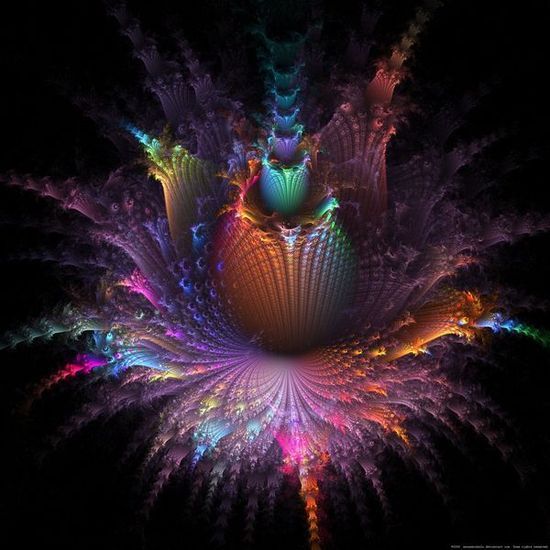
कॄत्वा सम्पुटितौ करौ दॄढतरं बद्ध्वा तु पद्ममासनं
गाढं वक्ष्हसि सन्निधाय छिबुकं धयायंश्छ तछ्छेतसि |
वारं वारमपानमूर्ध्वमनिलं परोत्सारयन्पूरितं
नयञ्छन्प्राणमुपैति बोधमतुलं शक्ति-परभावान्नरः || ५० ||
Having kept both hands together in the lap, executing the Padmasana firmly, keeping the chin fixed on the chest and contemplating on Him in the mind, drawing the apana-vayu upwards (executing Mula Bandha) and pushing down the air after inhale it. by thus uniting the prana and apana at the navel, one attains the highest intelligence by awakening the sakti (kundalini).
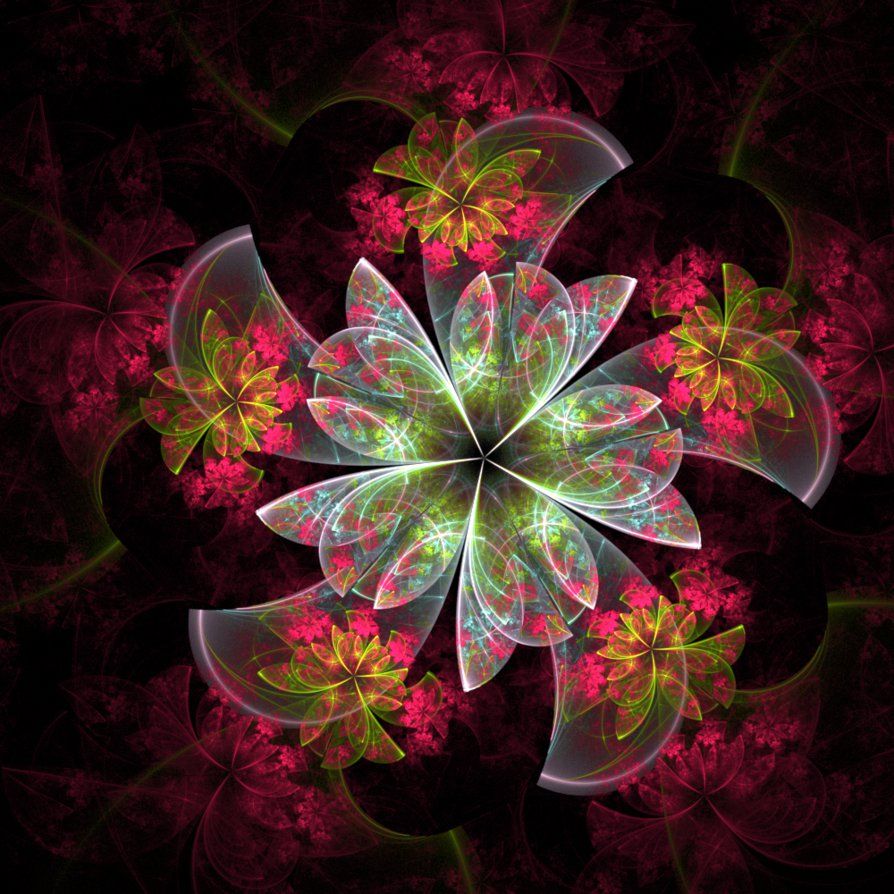
पद्मासने सथितो योगी नाडी-दवारेण पूरितम |
मारुतं धारयेद्यस्तु स मुक्तो नात्र संशयः || ५१ ||
The Yogi who, sitting with Padmasana, can control the breath, is no doubt free from bondage.”
Also, during the practice of this asana, the practitioner easily attains a state of deep meditation, contemplation, worship or prayer.
Furthermore, its persevering practice leads to the revelation of the Supreme Being (Atman) , and makes possible a blissful state of communion/fusion with the Divine (Samadhi).
4.- Relationship of the Padmasana posture with the Chakras
4.1.- Padmasana activates all the chakras
Using Yoga to open the Chakras is a path through which we reach inner peace and harmony. The Chakras are a component of our physical and energetic body, they must be taken into account if we want to develop our spirituality and shape our mind.
By doing the activation process, the results will be noticed in the form of a better physical and mental sensation, and an improved attitude towards ourselves and towards everything around us.
4.2.- Muladhara Chakra
The first Chakra is Muladhara, associated with the color red and the element of Earth. In Muladhara lives Kundalini, the vital energy that is active, rises through our back purifying the Chakras. Awakening Muladhara allows us to live more serenely and with greater confidence.
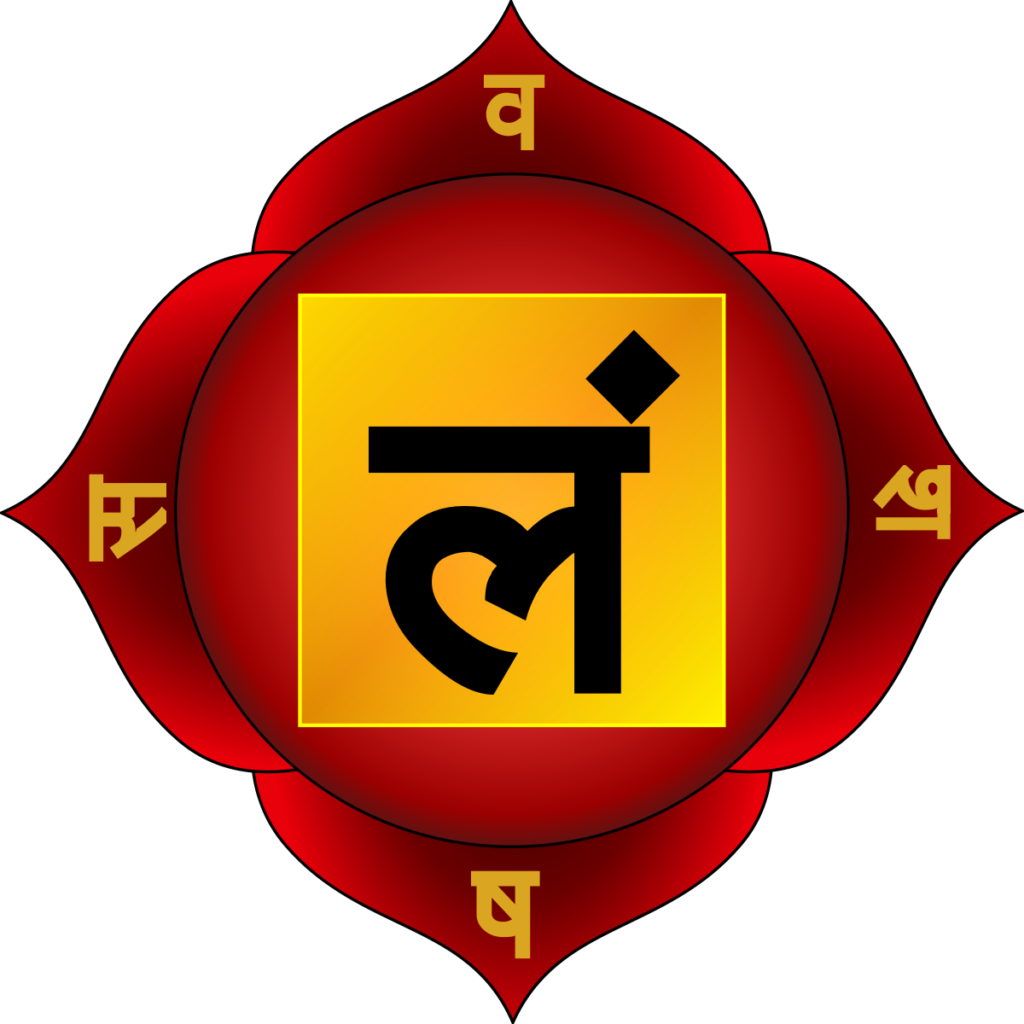
“Muladhara Chakra is the Chakra that opens and allows us to connect to the inexhaustible source of vital energy. In this center rests the Kundalini serpent, which once awakened, transforms us physically, mentally and spiritually”
Enmanuel Torras Mata
4.3.- Svadhishtana Chakra
Svadhishthana is the second Chakra, which is related to the color orange and the element of Water. In Svadhishthana dreams, desires, fantasies, the center of pleasure and pain are awakened… Our feelings and emotions have a great influence on this center, and unfortunately, also the harmful impulses of the mind. The lack of harmony in this Chakra is common, and they often do not fully understand it, since we relate the pure Love of Anahata with the impulse of desire of Svadhishthana.
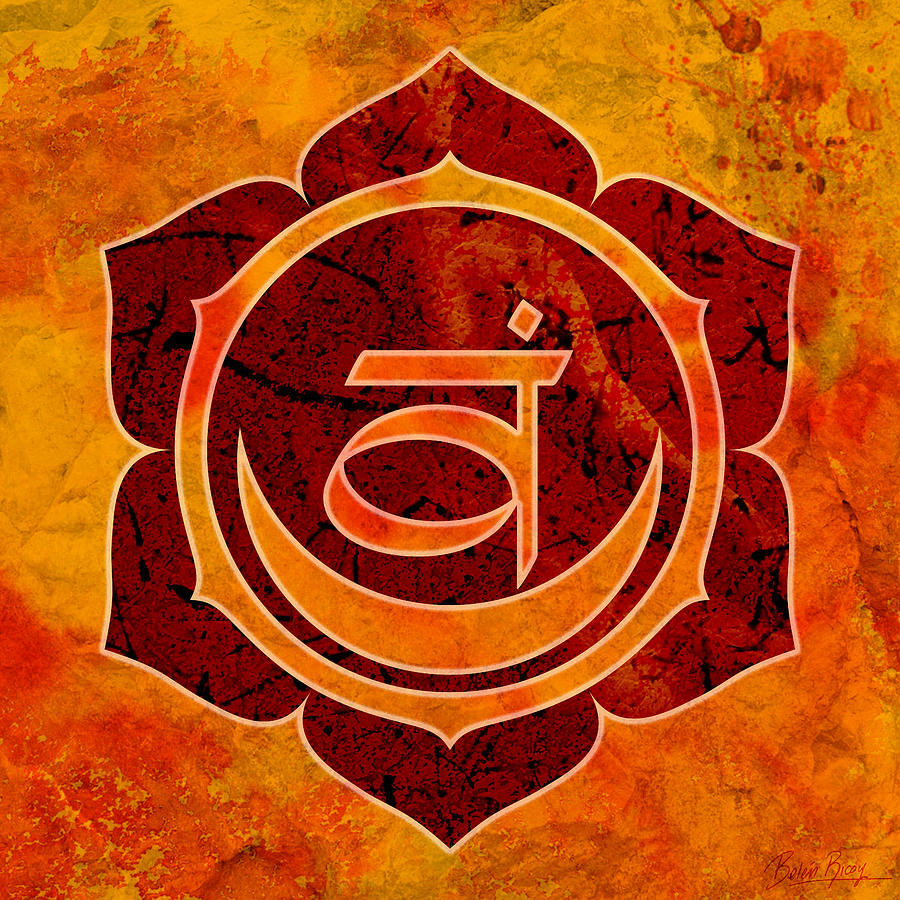
“We must recognize that part of our life is governed by this center of power; we may find that this part occupies most of our living space”
Enmanuel Torras Mata
4.4.- Manipura Chakra
Associated with the color yellow and the element of Fire we have the third Chakra Manipura. It constitutes the core of personal strength, and the driver of Kundalini energy in the upper Chakras. In Manipura the necessary power is generated to take control of your life.
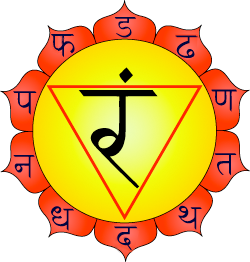
” Feeding the fire of the third Chakra facilitates the driving force necessary to act and complete everything that we must face in our lives. “
Enmanuel Torras Mata
4.5.- Anahata Chakra
Anahata is the fourth Chakra, the one associated with the color green and the element of Air. This fourth Chakra is the intermediate between the upper and lower. In Anahata resides the heart, and from this point of power radiate the purest and most sincere feelings of love, without figure or restraint. With Padmasana it facilitates the opening of the Anahata Chakra that opens us to an elevated experience of our own life.
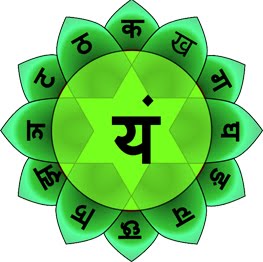
“Anahata Chakra represents the center of our Being. From this center of power where the heart is located, emanates the purest and most sincere feeling of Love, and it is the gateway to God.”
Enmanuel Torras Mata
4.6.- Vishuddha Chakra
The fifth Chakra is Vishuddha, and is related to the element Ether and the color blue; this is the first upper Chakra. The word resides in Vishuddha, and from this nucleus it grants the translucent purity and clarity, the absolute truth that comes from experience. Its access generates a new vision of reality, initiating an important change in our lives.
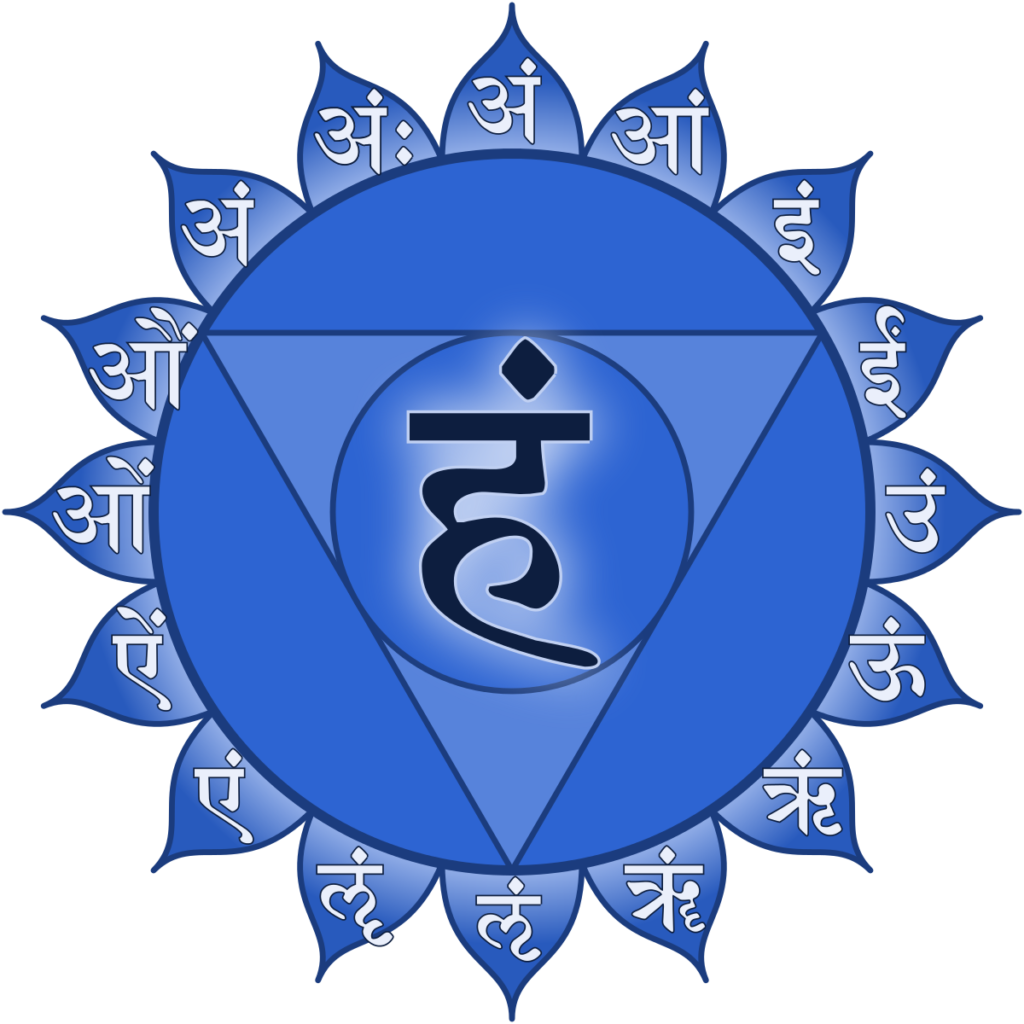
“Vishuddha Chakra is the stepping stone that allows us to get in touch with our Higher Consciousness. It enables us to live in a state of elevated experience of reality”
Enmanuel Torras Mata
4.7.- Ajna Chakra
The Sixth Ajna Chakra is linked to the color purple in addition to the Mind element. In Ajna the 3 main Nadis converge, Pingala, Sushumna and Ida, and this energetic convergence enables the transformation of individual consciousness to have access to the highest levels of our Higher Consciousness; Consciousness spreads and becomes uniform. You can empower the Ajna Chakra with the Padmasana posture.
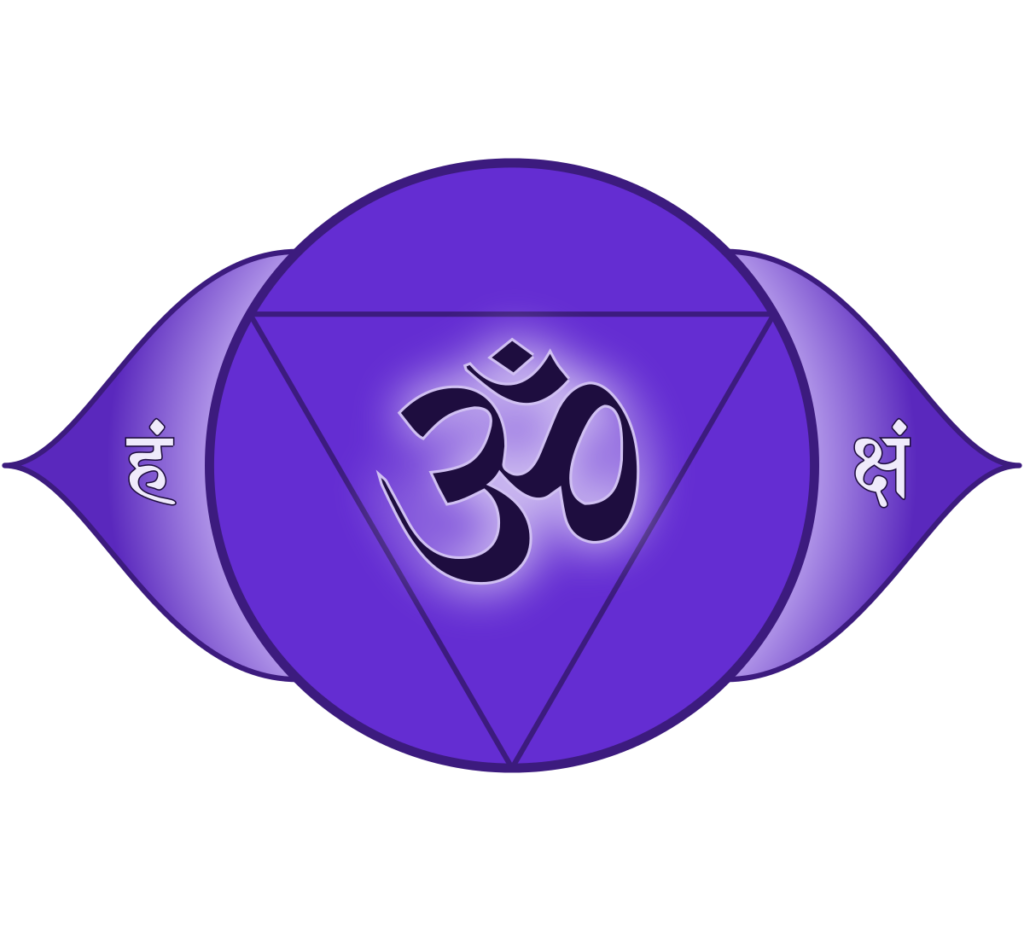
“Once we have evolved towards the awakening of the Ajna Chakra, we perceive an expanded reality, we notice the passing of time, we sense the feelings and linked thoughts of other people. Ajna spiritually represents the door to our Higher Consciousness.”
Enmanuel Torras Mata
5.- Main benefits
In brief, the main benefits are:
First of all, Padmasana cures constipation, indigestion and flatulence.
Cures joint pain, especially ankles and knees; and tones the thighs.
Due to the position of the feet the rate of blood flow is reduced in the feet and more intense in the pelvic area and abdomen. The heart will push arterial blood to the feet through the abdominal aorta, and the organs located in the lower abdomen (genitals, kidneys, colon, etc.) will benefit from this extra flow of arterial blood.
This asana is very useful for women as it tones the uterus and relieves menstrual discomfort and sciatica.
In fact, it opens the hips, stretches the ankles and knees, keeps the spine straight and stimulates it along with the pelvis, abdomen and bladder; therefore, it also helps to develop good posture and keep joints and ligaments flexible.
Certainly, it also calms the brain and restores energy levels.
